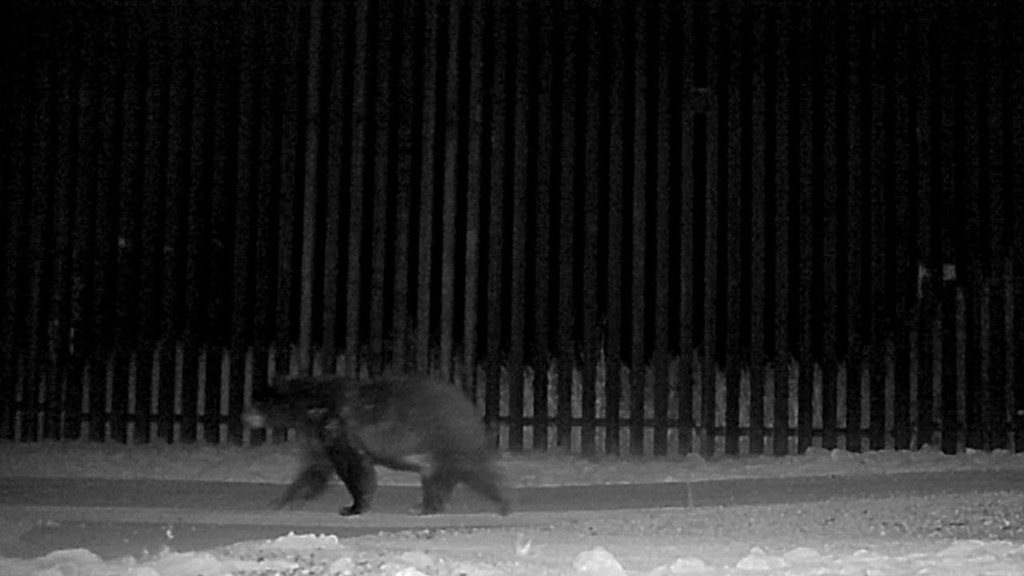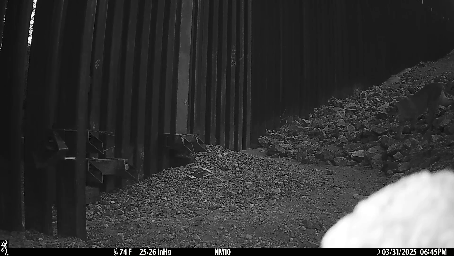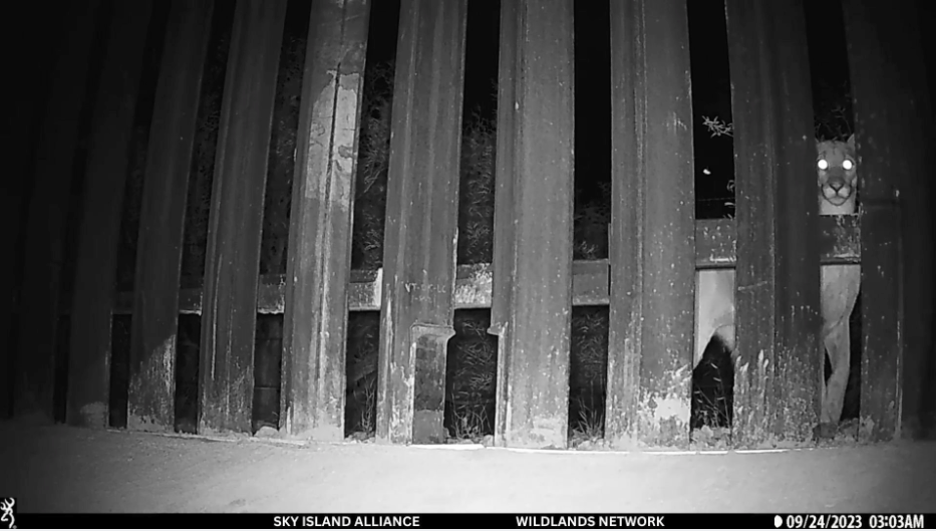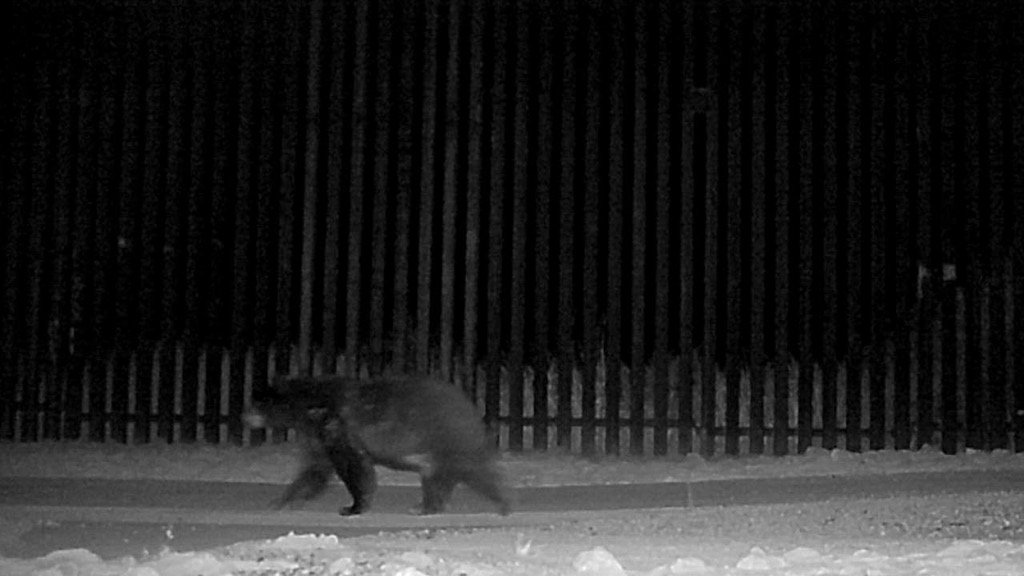
NATURE
DIVIDED
Explore how border walls are impacting wildlife movement
"Nature Divided," a new documentary from the Emmy Award-winning "In Real Life" series, explores the impact of border walls on wildlife across the world and uncovers how a variety of wildlife experts are bridging these divided landscapes.
The film followed our Borderlands Program Coordinator, Myles Traphagen, along the U.S.-Mexico border wall, highlighting its harmful impact on connectivity. New wildlife openings simultaneously provide hope that species like the black bear, mountain lion, deer, and javelina could someday overcome border barriers.
Watch the full documentary below.
Uncovering the Border Wall’s Impact on Wildlife
Border walls divide continental migration routes and connectivity for wildlife without a full understanding of their impacts on wildlife and biodiversity.
By documenting and studying the wall’s impacts, we are using those insights to design and advocate for new approaches to border wall connectivity informed by wildlife movement research and practical applications like wildlife openings.









